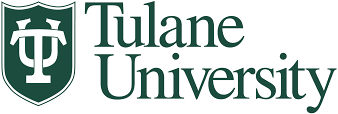Abstract
Base-pair-driven toehold-mediated strand displacement (BP-TMSD) is a fundamental concept employed for constructing DNA machines and networks with a gamut of applications─from theranostics to computational devices. To broaden the toolbox of dynamic DNA chemistry, herein, we introduce a synthetic surrogate termed host–guest-driven toehold-mediated strand displacement (HG-TMSD) that utilizes bioorthogonal, cucurbit[7]uril (CB[7]) interactions with guest-linked input sequences. Since control of the strand-displacement process is salient, we demonstrate how HG-TMSD can be finely modulated via changes to the structure of the input sequence (including synthetic guest head-group and/or linker length). Further, for a given input sequence, competing small-molecule guests can serve as effective regulators (with fine and coarse control) of HG-TMSD. To show integration into functional devices, we have incorporated HG-TMSD into machines that control enzyme activity and layered reactions that detect specific microRNA.

